Capturing wild boars and deer with kukuri traps is more difficult than box traps, as the animal must step into a ring with a diameter of less than 30 cm in a vast area of land. Also, even if you step into the circle, it will bounce off the air and escape, or you may tear off your feet and escape.
In this article, I will explain the points that are important to improve the results of tying traps.
Check out the beast's signature
Even if you are searching for prey, the beast can detect the smell, presence, and sounds of humans and avoid them, so it rarely appears in public.
This is especially true for wary boars. Therefore, it is necessary to carefully check the traces left in order to know their roaming paths.
Put yourself in the shoes of your target beast and imagine what they did. See if the trail is new, old, or coming soon, and if you find a spot you're sure will be back in a week or so, set a clever trap.
Inohoi's recommended tying traps have a safety device, so you can safely carry them even with the springs set. Therefore, it is possible to shorten the trap setting time.
footprints
In the winter when the grass doesn't grow, the footprints will be clear, so check them carefully especially during the hunting season. Conversely, outside the hunting season (especially in the summer), the grass grows and it becomes difficult to see the footprints. You can read the type of beast, its size, and whether it is male or female from the shape of its footprints and the length of its stride.Huns
As with footprints, the dung can predict the type and size of the beast. Also, the dung will dry out and fall apart over time, making it easier to identify if it is new.bite marks
Wild boars dig up the soil with their snouts and eat earthworms and insect larvae in the soil. In addition, you can see bite marks depending on the season, such as acorns, bamboo shoots, and chestnuts.
Know what you can eat at what time of year and watch for bite marks. If you find a feeding station that is used daily, your catch rate will be much higher. However, if there is a lot of digging, the trap itself may be dug up, so avoid placing traps in such areas.
other traces
A nutaba is a place where wild boars, deer, and other animals bathe in mud to remove parasites such as mites and dirt from their body surfaces. There are many cases where mud adheres to leaves and trees around the Nutaba.
While checking those traces, determine where the target will put their feet and set the trap. However, avoid placing traps where they may be exposed or malfunction.
If there are human tracks, the beast is likely to stay away. Avoid placing traps in areas where, for example, grass has been mowed nearby, or where trees have been cut to create a path for people.Patrol the set traps every day
Trap patrol frequency is directly linked to success.
By increasing the frequency, it will be possible to reduce the number of incidents such as "When I went to see the captured animal, it had escaped", and it will be easier to notice small changes. For example, "I found footprints that weren't there yesterday, and with this feeling, I'll be on this road again within a few days."
However, don't spend too much time looking around. It may take more effort, but if it's too frequent, it's easier for people to notice traces of humans, so it's best to go around once a day.
It's also important to look around areas where you haven't set traps. Let's put a few points on the place, observe carefully, and gradually narrow down the points. If you find a new hunting ground, try setting up a few traps and see how it goes.
Wild boars do not have territories, so good points are passed by several wild boars. Therefore, it may take several times in the same place. Conversely, if there are no traces of beasts passing through after two weeks of installation, move the trap.
Communication is important in the vicinity of hunting grounds
Let's cherish communication between humans in the vicinity of the hunting grounds. First of all, try to say hello positively, and exchange a few words if possible. Even if you don't know each other just by exchanging a few words, the mood becomes friendly, and if you become a familiar face, you can prevent strange wariness.
Also, by actively communicating, you may get valuable information such as target sightings from neighbors.
There are many other important points besides the above, but I believe that the most important thing is the spirit of inquiry. Observe carefully and cherish your own observations.
By accumulating awareness, you will be able to see the wisdom of the beast, and at the same time you will gradually improve your technique. , etc.) will also increase.
It may take several years before you can catch them with a tying trap, and you may feel like giving up before you see results, but I hope that the contents of this article will help you. is.
See also this article>> [Wild boar capture] Tie-up trap techniques to reduce air repelling.

 箱罠
箱罠
 くくり罠
くくり罠
 パーツ類
パーツ類
 電気柵
電気柵
 自作キット
自作キット
 防獣グッズ
防獣グッズ
 監視カメラ
監視カメラ

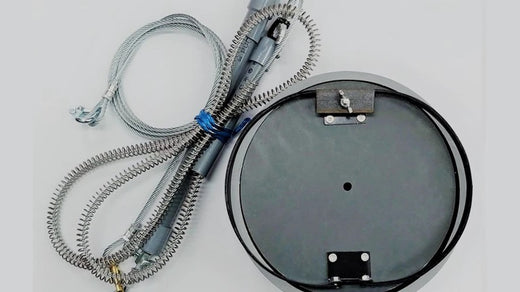
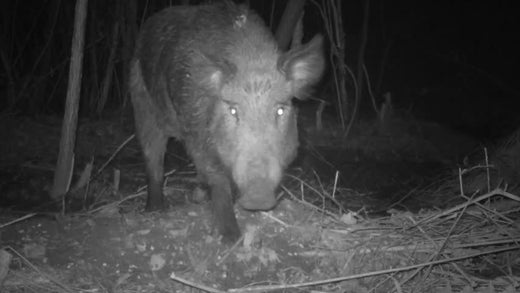
![[Thorough Explanation] What are the characteristics of Kukuri Trap and how to raise results?](http://inohoi.jp/cdn/shop/articles/kukuriwana_1_520x500_ea2f5086-8d8e-48d1-b6d5-7b01ac8ea71a.jpg?v=1738827770&width=750)
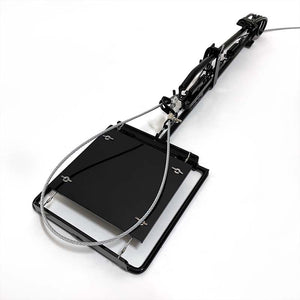
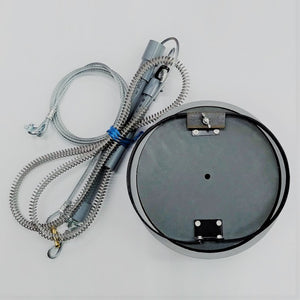
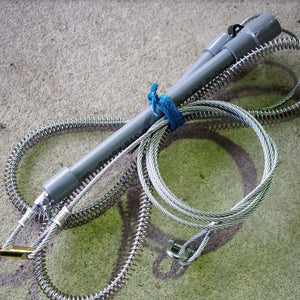
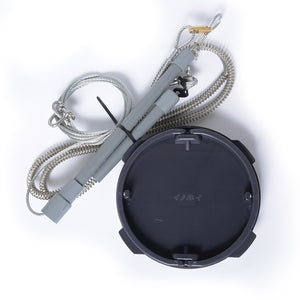

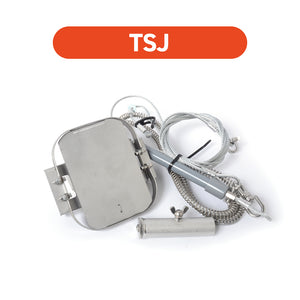
 box trap
box trap
 tying trap
tying trap
 enclosure trap
enclosure trap
 Prevention and avoidance goods
Prevention and avoidance goods
 electric fence
electric fence
 trap surveillance camera
trap surveillance camera
 transportation goods
transportation goods
 Trap detection sensor
Trap detection sensor
 hunting supplies
hunting supplies
 hunting books
hunting books
 Anti-bird goods
Anti-bird goods
 Agricultural materials/machinery
Agricultural materials/machinery
 boar
boar
 deer
deer
 Kyon
Kyon
 monkey
monkey
 raccoon
raccoon
 Badger
Badger
 palm civet
palm civet
 raccoon dog
raccoon dog
 nutria
nutria
 mouse or rat
mouse or rat
 Mole
Mole
 bear
bear
 pigeon
pigeon
 Crow
Crow







